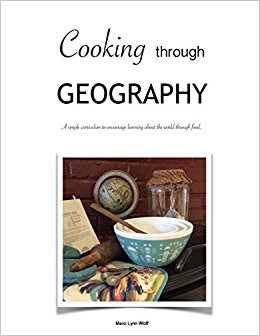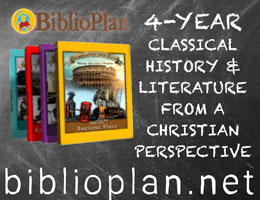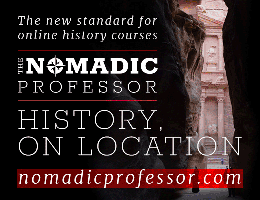Cooking through Geography is a deceptively small book at 28 pages. If you use it as the author intends, students learn some geography and cultural connections while applying research and writing skills. They can also learn to cook as they tackle one or two recipes from each of 43 countries as did the author’s three sons as they worked together to create this course.
Countries are selected from around the globe, but obviously not every country is included. For example, Thailand is included but not Viet Nam.
Students will create a notebook in a three-ring binder as they work through the course. (A notebook cover page that can be personalized is included.) A world map page needs to be reproduced and used at the front of the notebook as well as facing each recipe page that students will create. A recipe form page likewise needs to be copied for use with each recipe.
You can work in any sequence you like. You can work through countries in relation to other studies. Or you might start by choosing recipes that sound appropriate for the day or season or that happen to reflect ingredients you already have on hand. It really doesn’t matter in what order you proceed.
A list of the 43 countries includes one or two numbers in parentheses after each country. These numbers refer to the recipes. So let’s assume you are working geographically through countries, perhaps starting with the continent of Africa. You would first pick a country from the list: Algeria, Egypt, Kenya, Nigeria, Sudan, Tanzania, or Zambia. Then look up its recipe. Recipes in the book are in paragraph form, so you should have students copy them onto the recipe form page “translating” them into a list of ingredients and separate paragraphs of instructions. Students are then to go to the website www.studentsoftheworld.info where they can easily look up data on each country that they will need to fill in at the bottom of the recipe form: nationality, capital, population, and top three national products. As you can tell, this just scratches the surface of geography so it won’t substitute for in-depth study of geography. (I think Cooking through Geography might work best as a hands-on supplement alongside a geography course.)
Next, students will color in the country on both the world map at the front of their binder and the world map on the page facing their recipe form.
After this preparatory work, it’s time to cook. Recipes seem to me a more authentic selection than I generally find in geography-related cookbooks. Many recipes use some sort of beans while others use chick peas, cabbage, lentils, and other relatively inexpensive ingredients common to those countries. Some recipes do include meat.
Some recipes such as the Enchilada Casserole recipe for Paraguay will likely be somewhat familiar. Others are likely to offer a new cooking and taste experience. For example, the Dahl recipe for India introduces a spicy lentil and rice dish that is very representative of Indian cuisine.
Author Marci Wolf notes that most recipes are gluten free and when milk is called for, it can be replaced with almond or coconut milk.
The book itself is plainly printed in black and white aside from the cover. But pages in the book are used as the basis for student-created notebooks, and students might embellish their notebooks as they wish. While this isn’t in the instructions, I think taking a photograph of each cooked item and inserting it in the binder would be a great idea both to make the notebook more colorful and to help students recall the result of each recipe. Jotting down notes as to how well they liked each dish should also be very helpful.












